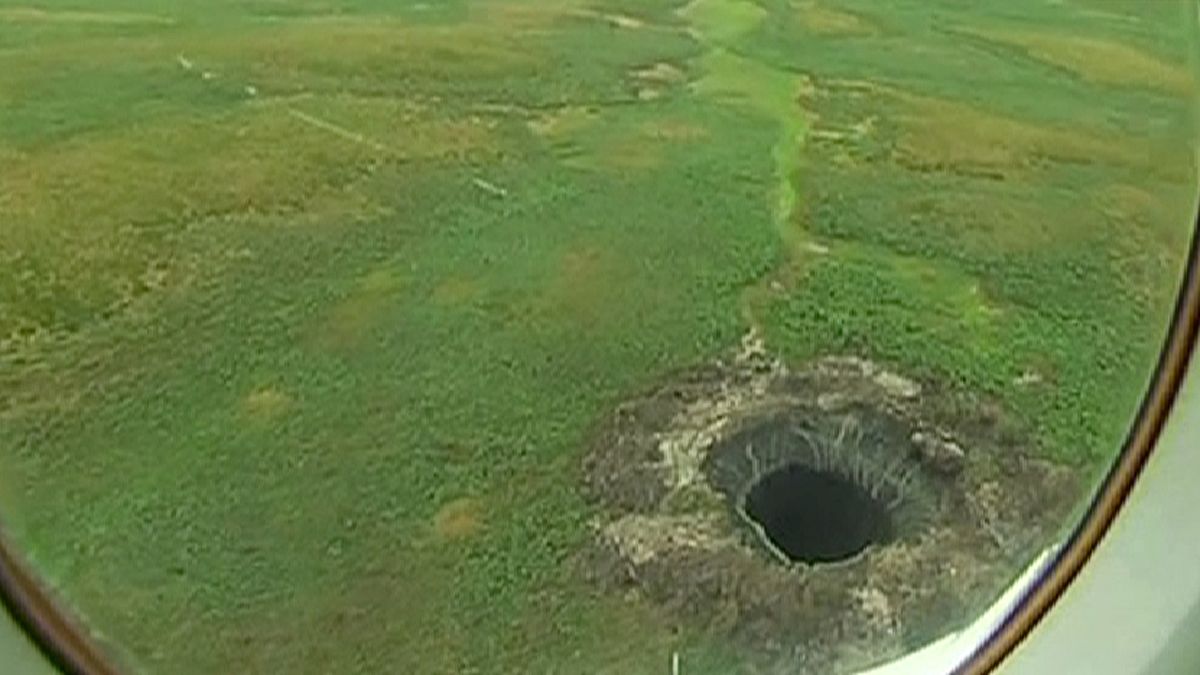Researchers have finally arrived at the site of a mysterious giant crater that was spotted in one of Russia’s most isolated regions.
The appearance of the gaping hole – which has a diameter of around 60 metres – caused rampant speculation around the world, with ideas about its origin ranging from a stray missile to a UFO landing. It was initially spotted by helicopter on the Yamal Peninsula of Siberia, an area known locally as the “end of the world”.
When the footage first emerged online it was believed to be a hoax but scientists who recently reached the crater have confirmed its existence, although they are apparently no closer to explaining the cause.
“For now we can say for sure that under the influence of internal processes there was an ejection in the permafrost,” Andrey Plekhanov, Senior Researcher at the State Scientific Centre of Arctic Research told the Siberian Times.
Some experts initially believed they had seen evidence of burning around the edges of the site but recent examinations have found no traces of an explosion, which rules out one of the earlier theories that the crater was caused by a meteorite. Plekhanov added, “I want to stress that it was not an explosion, but an ejection, so there was no heat released as it happened.”
Now researchers are waiting for Russian satellite footage to try and clarify when exactly the hole first appeared. “We have taken soil and ice samples which went straight to laboratories. We can be certain in saying that the crater appeared relatively recently, perhaps a year or two ago; so it is a recent formation, we are not talking about a dozen years ago,” explained Plekhanov.
The scientists didn’t manage to reach the bottom the of the crater but did enter it, finding it was around 50-70 metres feet deep with an icy lake at the bottom.
Some people are claiming that the hole was caused by a ‘pingo’. A pingo is a block of ice that forms in a hill underground and can force its way upwards through the earth’s surface. If the ice then melted due to higher temperatures it would leave a crater in the earth. Another theory is that it was caused by natural gas, potentially trapped for thousands of years underground.
Whatever the hypothesis, many scientists are already claiming that the crater is likely a result of changing temperatures in the region – an effect of global warming – although more research will be needed to confirm this.
